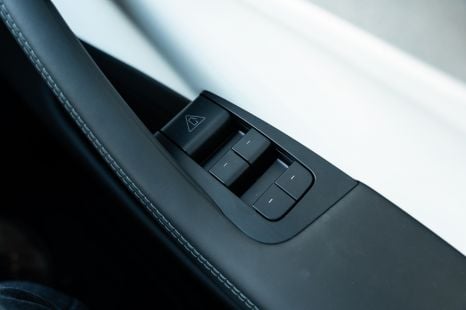

Derek Fung
Tesla redesigning interior door handles likely due to safety concerns
5 Minutes Ago

Contributor
Hyundai Mobis has developed technology that uses 25,000 micro LEDs to project road signs in front of your vehicle based on GPS and camera sensor technology.
The Digital Micro Mirror Device (DMD) is intended to “significantly reduce nighttime car accidents for both drivers and pedestrians”.
The company, which is responsible for supplying parts to the wider Hyundai Motor Group, says vehicles fitted with DND will be able to project road signs and pedestrian crossings 15 metres ahead of the driver.
These projections can span up to 1.5 metres.
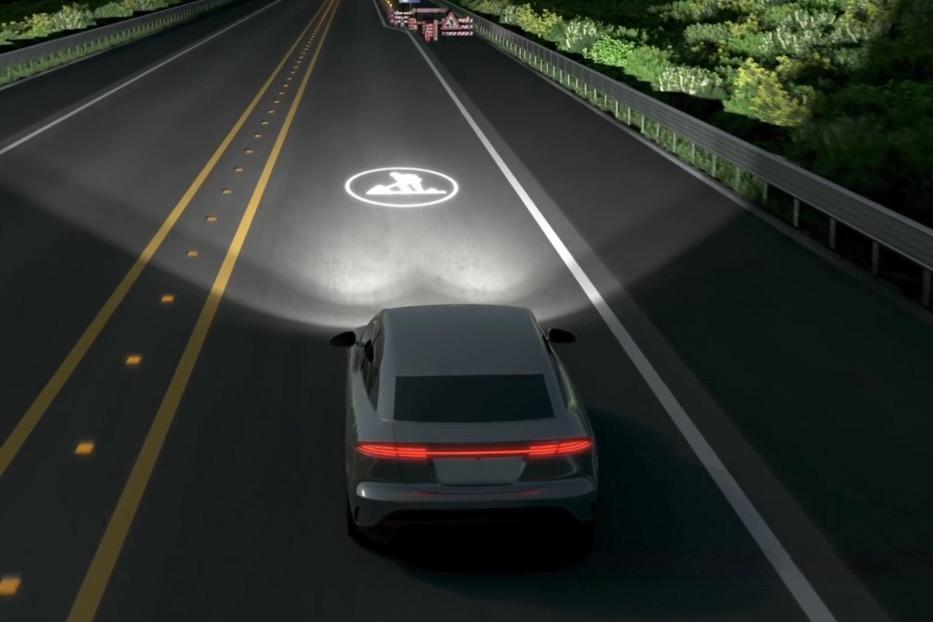
The technology can display upcoming changes in road conditions like roadworks areas, and it can also light a path for pedestrians.
The system uses LED lights 0.04mm wide and an ultra-precise controller that reflects light using 0.01mm microscopic mirrors to project the high-quality signs. The lights are densely packed and reflect using 1.3 million digital mirrors.
Data of real time traffic conditions are fed into the system using GPS navigation and camera sensors. This data then allows the system to display relevant and time-sensitive messages on the road.
The technology can be used in addition to head-up display information and will assist drivers traveling at night to detect speed bumps and highway exits.
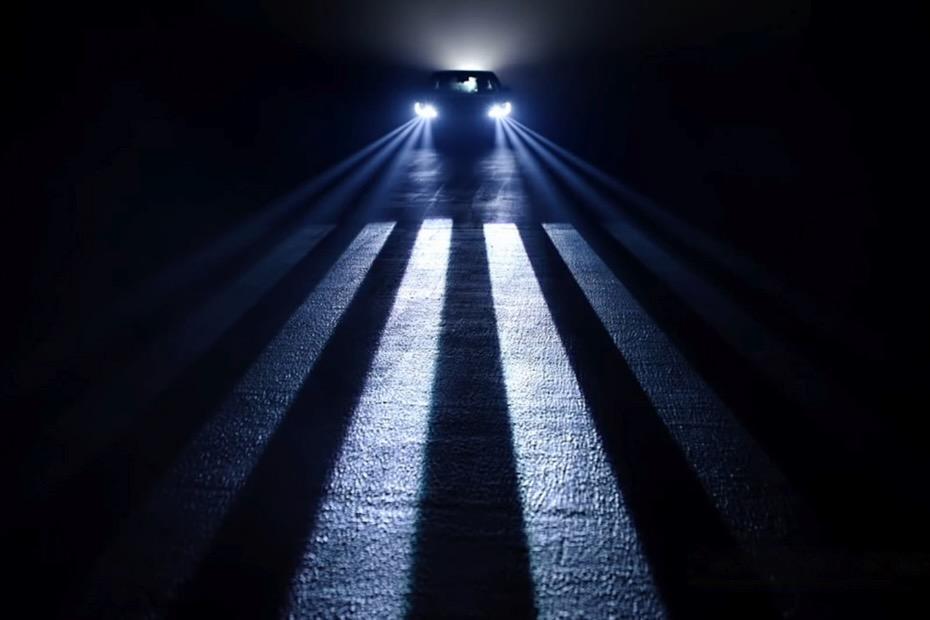
“In the era of autonomous driving, software technology capable of integrating numerous auto components into a single device will be more important than ever,” says Hyundai Mobis.
“Hyundai Mobis is taking the lead in development of cutting-edge lamps and securing technology capable of controlling them.”
The company has yet to confirm when the new tech will be used in production vehicles.
Mercedes-Benz’s Digital Light system, debuted in 2018, is already in production vehicles like the company’s flagship S-Class.
This is capable of projecting guidelines and warnings on the road ahead of the driver.
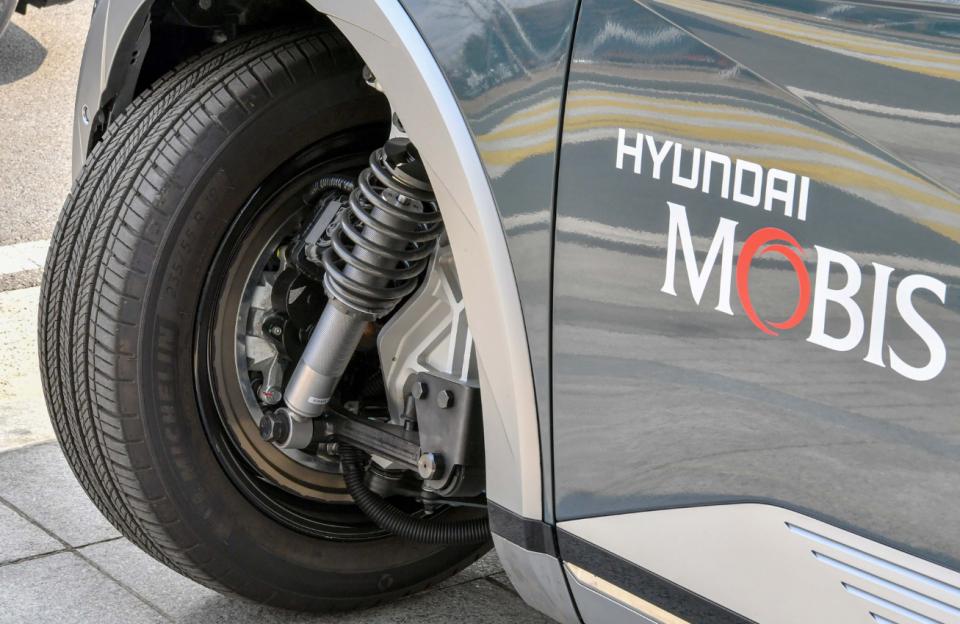
Ford engineers in Europe also revealed last year similar headlight technology that can project symbols onto the road.
This is the latest technology revealed by Hyundai Mobis before being implemented in vehicles from the wider Group.
The company has also debuted a rollable in-car display, as well as an in-wheel motor system that allow cars to parallel park from a 180-degree angle.
Where expert car reviews meet expert car buying – CarExpert gives you trusted advice, personalised service and real savings on your next new car.
Jade Credentino is an automotive journalist currently based in Melbourne, Australia. Jade has had a chance to review a variety of vehicles and particularly enjoys SUVs. She enjoys traveling and going on road trips exploring Australia.


Derek Fung
5 Minutes Ago
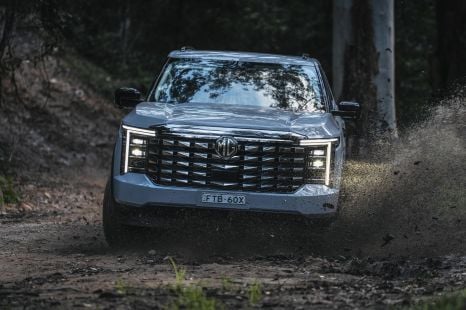

Josh Nevett
35 Minutes Ago


Josh Nevett
35 Minutes Ago
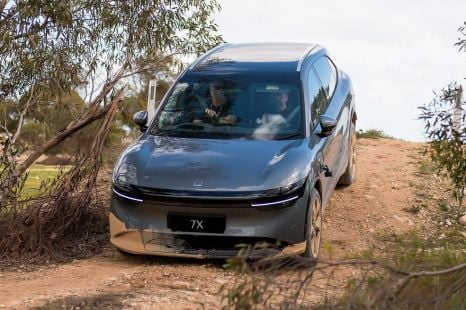

Damion Smy
7 Hours Ago
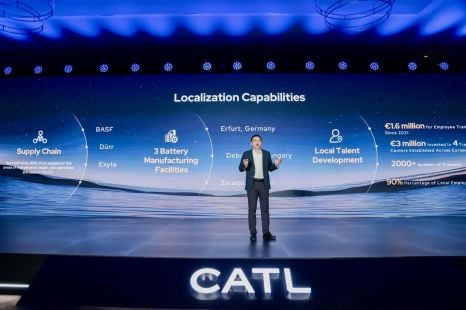

Ben Zachariah
23 Hours Ago


Andrew Maclean
24 Hours Ago